
Archive for Disease Processes
Botanicals and Your Bones – Herbal Knowledge Keepers
What Could Possibly Go Wrong? Pathophysiology
Understanding Disease Processes
In our effort to understand disease processes, both Western and Eastern energetic systems are valuable tools for herbalists. Why not add an understanding of pathophysiology?
While most of the disorders in the database include some information about their pathophysiology, it seems useful to devote an entire section to the subject.
There’s an instructor who does an entertaining job of presenting this medical training who goes by the name, “kinda alike” — that kinda caught my attention. This is a screenshot of the new pathophysiology section he inspired.
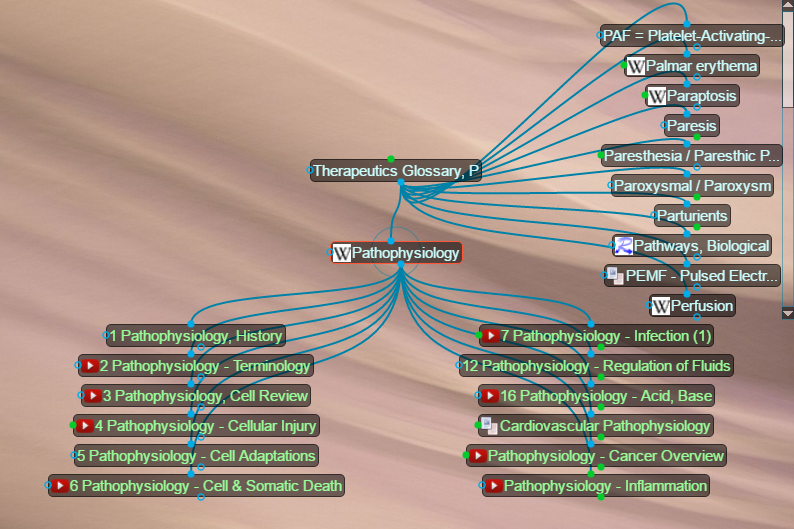
All of these headings open up to reveal a video lecture, grab your popcorn. (Yes, popcorn is healthy, look it up). They are linked to other related categories in the database so you may expand your exploration. For example:
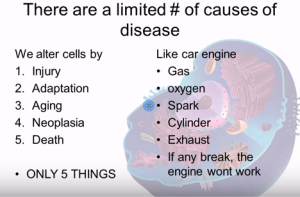 Cellular Injury
Cellular Injury
The basic premise is, in order to fix any condition, we must first repair the cells. As you see in the above screenshot, a handy review of cell structure and function gets us started. When you open 4 Pathophysiology – Cell Injury a few more topics come into view:
- A separate section on Cellular Injury which, if you click on it, opens up to reveal links to these categories:
- Cellular Detoxification
- A series of lessons on Cellular Injury and Cancer
- Necroptosis
Some of the videos and articles posted in the Cellular Injury category:
- Causes of Cell Injury Oxygen Depletion
- Irreversible Cell Injury and Death: Types and Causes
- Other Causes of Cell Injury
- The Causes and Significance of Cell Swelling
- The Fluid Mosaic Model of the Cell Membrane
- Types of Physical Injury to Cells
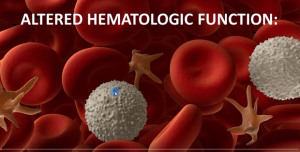 Anemias
Anemias
Many herbs are described as useful for anemia. However, do we know what KIND of anemia a person has? To deliver the best treatment, we need to know what’s causing it. Usually the first thing that comes to mind is an iron deficiency, so we offer iron-building herbs. That won’t help if the anemia results from other causes. For example, Pernicious Anemia is related to B12 deficiency. B12 deficiency can result from lack of intrinsic factor, altered ph in the small intestine, failure to absorb it in the illeum. So iron rich herbs aren’t of much use there.
When you click on Anemia (Pathophysiology) the view changes. Now you see it under a broad heading of Anemia, which is under Blood Disorders.
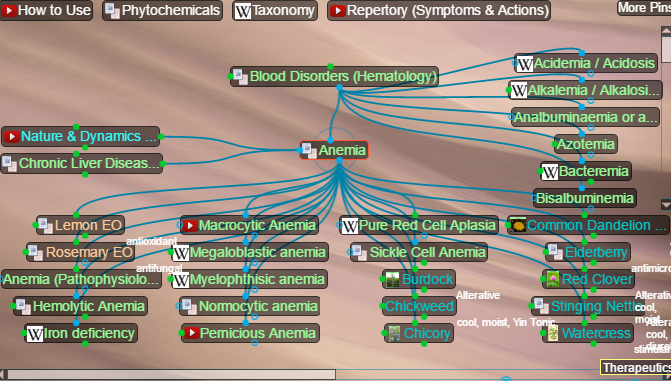
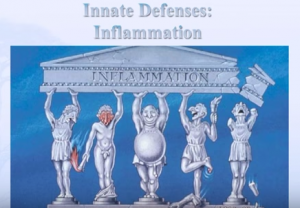 Inflammation
Inflammation
One of the first things we learn to recognize are signs of Heat and the anti-inflammatory herbs that bring down inflammation. Chronic inflammation is now understood to be a primary driver of most, if not all, diseases and isn’t as easily spotted (though it can be assumed).
So the database has devoted a lot of territory to inflammation. The pathophysiology section on inflammation will expand to reveal this view:
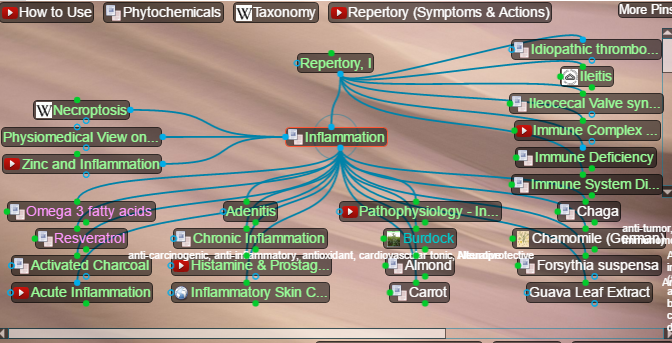
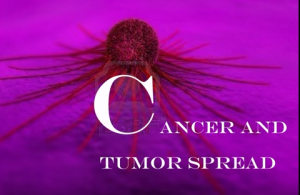 Cancer
Cancer
Under Pathophysiology the Cancer Overview heading connects to our massive Cancer library where you can dig down into all of the various types of cancer, tumors, conventional and holistic treatments.
IMPORTANT:
You must access the database using a computer…it is NOT mobile friendly.
The blog can be viewed on mobile.
2 options
$5 to start, then $15 a month
(you may cancel anytime)
OR…
$15 for a one month membership
(useful for folks who don’t have credit cards)
New information is added regularly. To find out what’s new you may subscribe to the newsletter and/or visit the blog. Feel free to share blog entries with your friends.
About the Database
 This isn’t your usual database! Its designed to enhance pattern recognition, making it easier to recall the many associations plants have with each other and ourselves.
This isn’t your usual database! Its designed to enhance pattern recognition, making it easier to recall the many associations plants have with each other and ourselves.
Developed by D’Coda (an Ozark Grannywoman), initially for herself, to assemble all of the information she had about herbs and their uses into one place for rapid access. When she launched the Ozark Herbal Academy she made it available to her students. Now, she’s making it available to everyone.
Major categories include
- Wild Foods, including identification and uses
- All of our key herbs, organized into plant families
- Botanical glossary
- Phytochemical glossary
- Plant Taxonomy
- Hundreds of health conditions
- Principles of Therapeutics
- Energetics (Western & Eastern)
- Plant constituents, including solvents for their extraction
School Directory
Would your school like to make this resource available to students? If so, please use this contact form for more information. Schools using the database will be posted below.
Schools of Herbalism
Copyright © 2025 All Rights Reserved